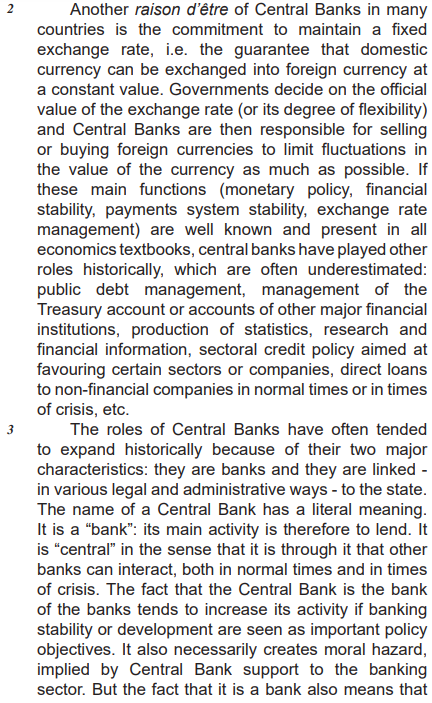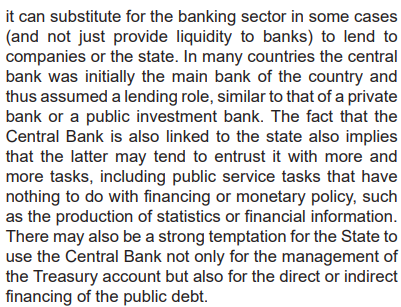TEXT I
What is the definition of translanguaging?
For years, research into the best instructional approaches for
students identified as English learners has pointed to the concept
of translanguaging.
Identified by bilingual education researcher Ofelia García, it’s
both a skill set and a total shift in the way language is thought of,
used, and taught in K-12 classrooms where multiple languages are
honored and addressed, even as English remains the dominant
language of instruction, said Marybelle Marrero-Colon, the
associate director of professional development for the Center for
Applied Linguistics.
Researchers are looking into how it can be applied to formal
assessments, such as state standardized tests on which English
learners might struggle to demonstrate their academic proficiency
because they are tested in an unfamiliar language.
Translanguaging is the ability to move fluidly between
languages and a pedagogical approach to teaching in which
teachers support this ability.
In translanguaging, students are able to think in multiple
languages simultaneously and use their home language as a
vehicle to learn academic English.
A student could be reading an article about the solar system in
English, but in their brain, they are also thinking and making
connections in Spanish. They might annotate in Spanish or first
write down reading comprehension responses in Spanish and then
figure out how to provide the responses in English, said MarreroColon. […]
Teachers can engage in a variety of activities that deliberately
encourage translanguaging, ranging from providing vocabulary in
multiple languages to collaborative translation opportunities. The
goal is to get students translanguaging as a practice that can be
leveraged toward supporting literacy outcomes and engagement,
as well as other academic endeavors.
For example, two students could be assigned to solve a word
problem, and one might be stuck on a word in English. The two
students can then use an equivalent word in their home language
to make sense of what the word problem is asking of them, Phillips
Galloway said.
Or in group activities, students can be prompted to share with
the rest of the class how something taught in English would make
sense in Spanish by highlighting similar and different grammatical
structures between the two languages, Marrero-Colon said.
“When you translate, you don’t have to do it word for word.
You’re really trying to capture the feeling of that text,” MarreroColon said.
Once teachers start doing these activities, research has found
that students who have not spoken before start speaking and
students who were not as engaged in text-comprehension
activities suddenly are, she added. That's occurring because they
are being encouraged to use their home language in class to think
about language use overall.
Adapted from https://www.edweek.org/teaching-learning/what-is-translanguagingand-how-is-it-used-in-the-classroom/2023/07


